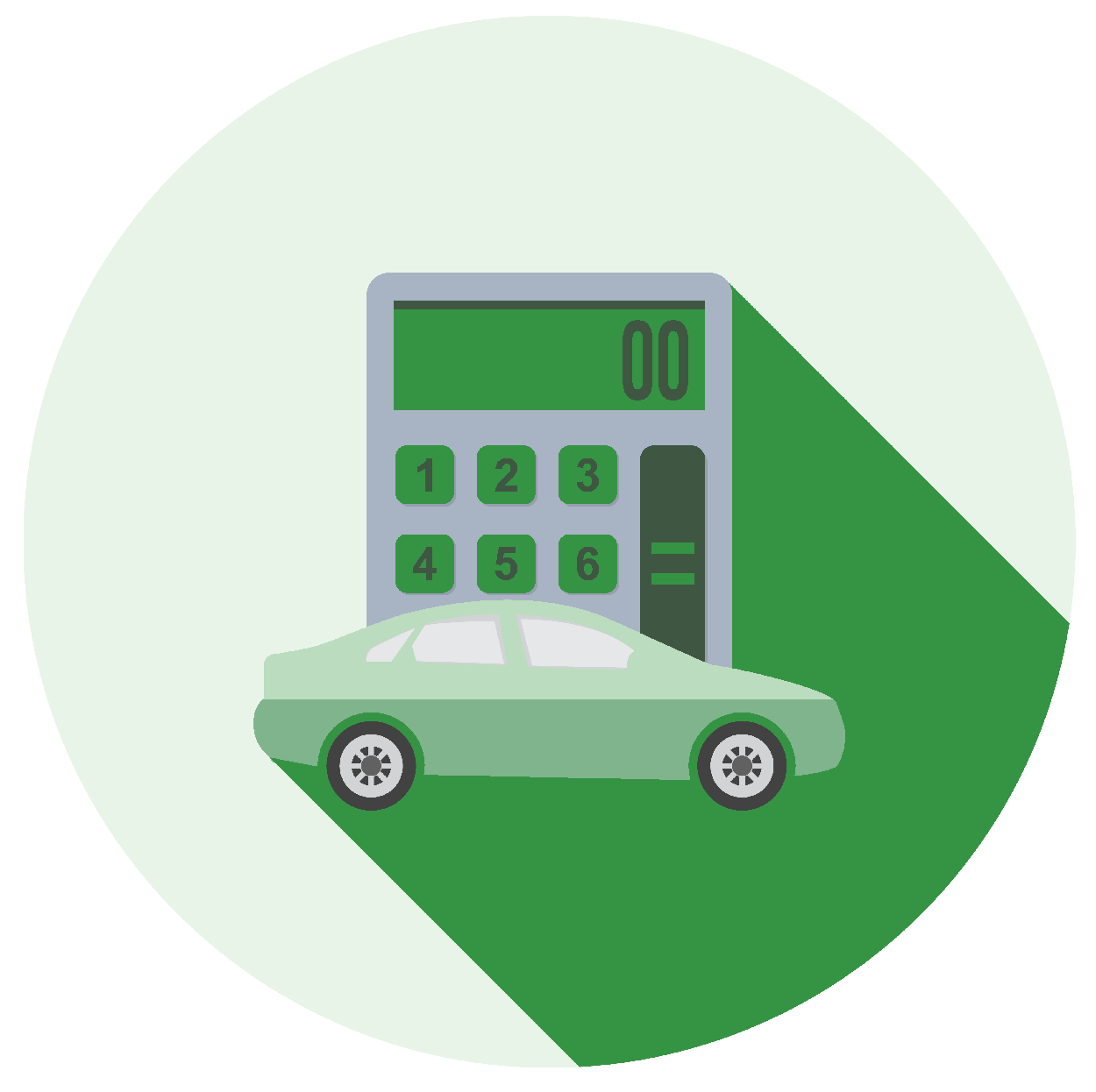This calculator shows how much your bi-weekly car payments will be compared to monthly payments and how much interest you will pay over the duration of the loan. To help borrowers save on interest, this calculator uses the thirteenth month method, which sets bi-weekly payments to half the regular monthly payment amount. As there are 26 bi-weekly payment periods per year, this is effectively the same as making a thirteenth monthly payment each year, which helps pay off the loan much quicker.
Current Fairfield Auto Loan Rates
We publish current Fairfield auto loan rates for new & used vehicles. Car buyers can use these quotes to estimate competitive loan rates before dealing with an auto dealership in a negotation where the dealer has the upper hand and charges too high of an interest rate or tries to require unneeded extended warrany programs as a condition for extending funding.
Bi-Weekly Calculations Help You Save

Homes and vehicles occupy the top two spots on most consumers' spending agendas, furnishing some of the most important credit considerations made during our lifetimes. As a result, there are several different ways to get these items paid-for.
Conventional mortgages, for example, provide long-term financing for home purchases and other real estate transactions. Since the repayment terms are extended for decades, lenders offer very low rates, making-up their profits over time. Cars too, require financing, unless purchases can be made out of pocket.
Terms and conditions vary across loans, so multiple considerations are required as you move forward with big-ticket purchases. Car loans, for example, carry their own unique repayment conditions, which must be looked-at carefully before entering in to purchase agreements.
Auto Loan Options
One of the most effective debt management techniques for car-buyers is to purchase vehicles within their immediate means, paying cash in-full for purchases. This ideal scenario is not always feasible, so the automotive financing industry serves car-buying needs for under-funded shoppers. While loan terms and conditions vary, there are several consistent car loan features requiring examination.
The price of the vehicle you buy obviously influences your repayment structure, but it may also have an impact on other loan features like interest rate and length of repayment. Auto loan calculators help evaluate multiple scenarios, allowing buyers to compare and contrast their future payments under a variety of conditions. The total amount financed, a loan's principal, is paid back according to contract terms, with interest attached.
Car buys carry a unique sidebar, not present in most consumer dealings. Since cars cost so much, and retain value even toward the ends of their useful lives, buyers are encouraged to trade them in, providing contributions toward the price of new vehicles. Of course, dealers work for-profit in this area, so they can only offer a certain amount for your trade-in vehicle, depending on its age and condition. In some cases, selling cars on the open market provides greater returns, but the unique ability to shave a portion of the purchase price off your new car, just by handing over the keys to your old one, is a proposition that can't be ignored by most car-buyers.
Even though you don't have enough cash to pay for your vehicle outright, lenders nonetheless require good faith payments at purchase time. Down payments are subtracted from the purchase price of vehicles, paring-down the amounts to be financed. Your balance after trade-ins and down payments are subtracted constitutes the principal amount of your loan; the figure that will be paid-down over time.
The interest rate attached to your vehicle loan influences each monthly payment amount, and also factors-in on the total amount paid back over the course of a loan. Because interest is compounded, or added to the balance, at varying intervals, savings opportunities exist for car-buyers willing to make payments every two weeks, rather than submitting only 12 monthly payments annually. Bi-weekly auto loan payment calculator accounts for all of the variables associated with car loans, comparing and contrasting the costs of various methods of repayment. When interest rates are equal, bi-weekly payment consistently outperforms paying once-a-month.
 Biweekly Auto Loan Payments
Biweekly Auto Loan Payments